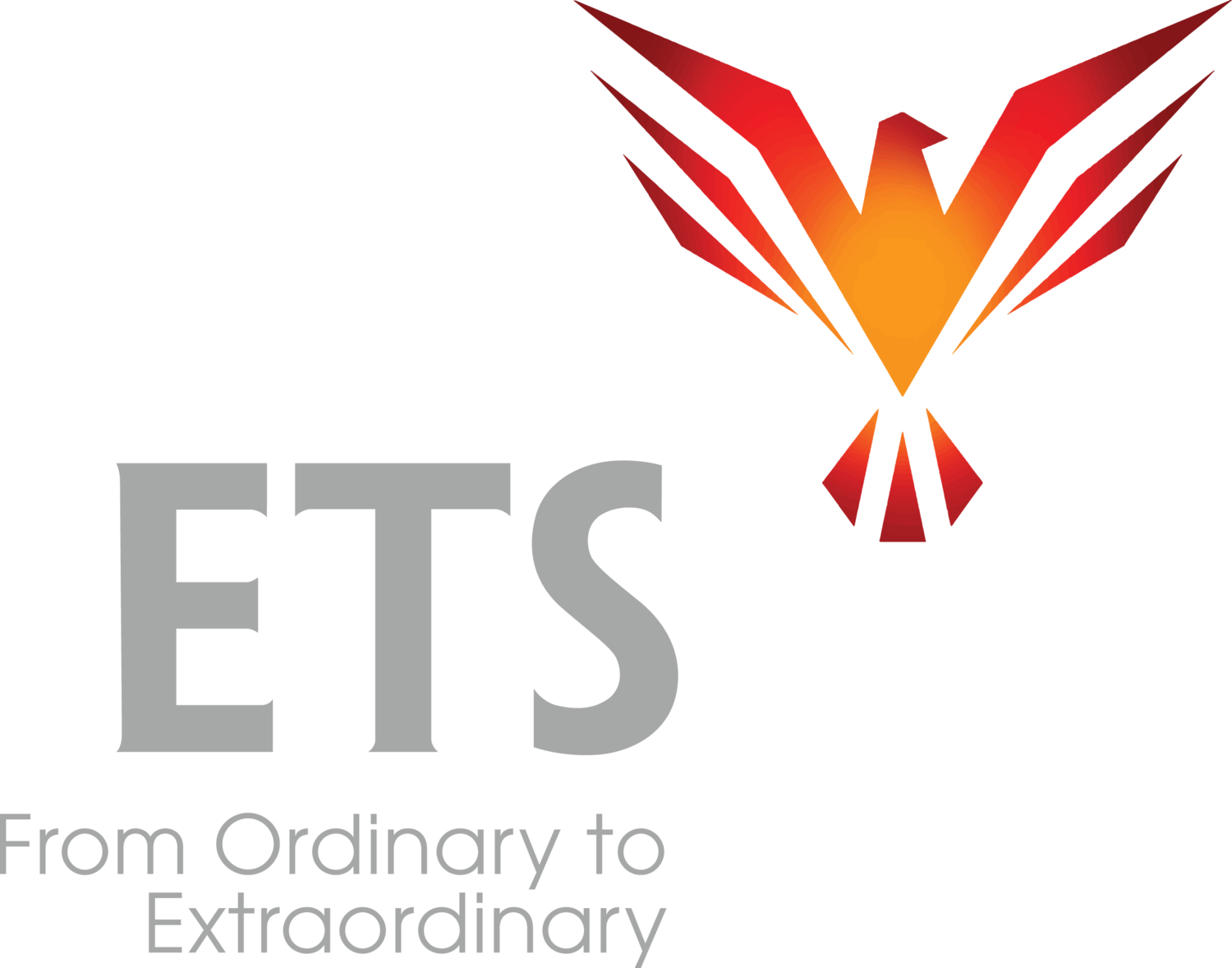Causative [kaw’-zuh-tiv], adjective: Making what you want HAPPEN. Being able to cause your intended effect or outcome at will.
When did we first stop being causative? Well, if it didn't happen sooner, it probably happened for most of us when we started school and were told to sit down and be quiet … for hours and hours at a time.
They told us exactly where to sit. We weren’t allowed to leave that seat.
They made us ask permission for everything, including leaving the room.
If we did something without permission, we were bad. It didn’t matter if it was right. It was automatically bad if it was done before asking for and receiving permission first. Even if it was just standing up to stretch.
If we wanted to talk, we had to raise our hand and wait to be called on. Raising your hand was dangerous because the teacher was asking a question that had one “right” and many “wrong” answers and when we were wrong, it was very public. Where I went to school, not many hands went up (usually the same ones over and over). We became skilled at avoiding eye contact with the person in the front of the room (something I still see today in my corporate workshops).
We weren’t allowed to talk to each other, only the one person in front of the room.
Everything we did was graded and compared to what everyone else did. Smarter than him but not as pretty as her.
We were graded based on one person's opinion of us, a person who often didn’t understand or like us. A person we thought was paid to be critical of us. To find every flaw.
Most of us did not get straight A’s. We were always falling short on something. Grades could easily make us feel that we were mediocre. Few were happy the day they got their “report card” and some hid them from their parents.
We were severely restrained from being causative. For years.
